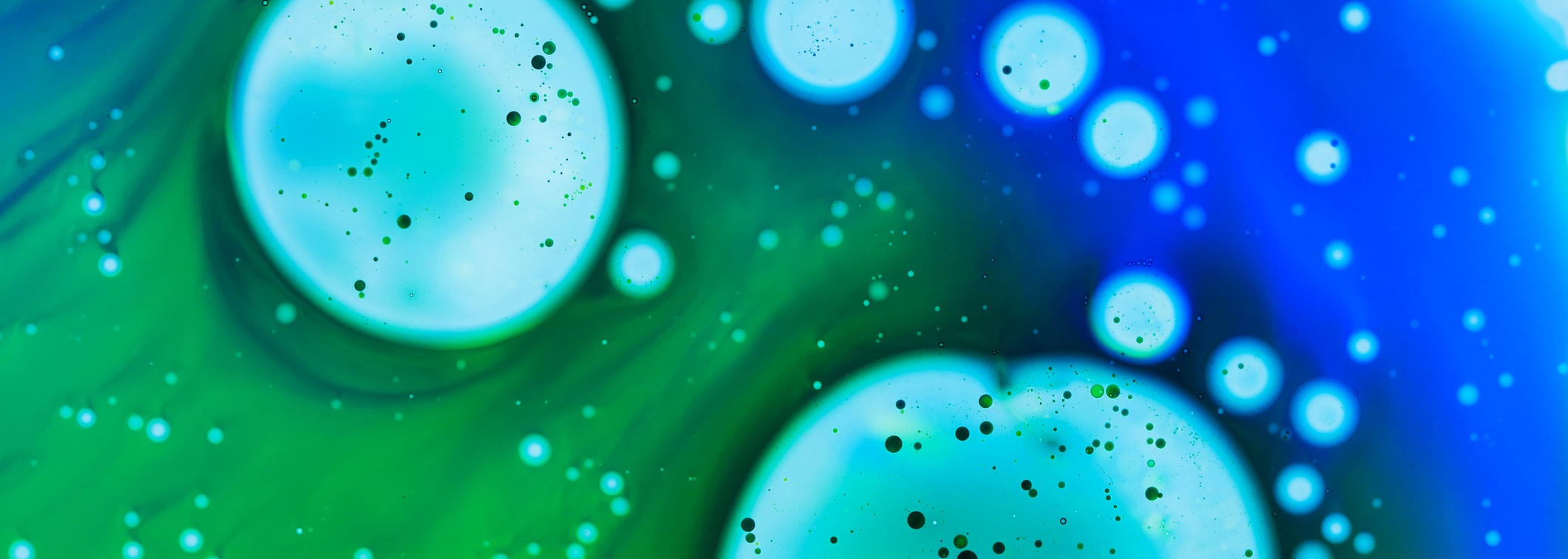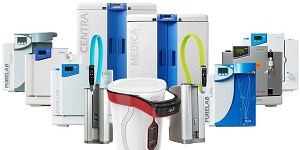Microorganisms & Bacteria

 What are the likely Microorganisms and Bacteria in Purified Water?
What are the likely Microorganisms and Bacteria in Purified Water?
The bacteria in purified water are residuals of those in feed water and those released by biofilms within the water purification system. The most common have been found to be opportunistic gram-negative non-fermenting rods such as Pseudomonas, Flavobacterium, and Acinectobacter ; they are very common in nature. Their presence in water treatment systems demonstrates an ability to adapt to environments with a low concentration of nutrients and to a large range of temperatures.
Where do Microorganisms and Bacteria come from?
Some microorganisms and bacteria are present in the feed water used to supply water purification systems although previous treatments (chlorine, ozone etc.) will have reduced them to very low levels. As free chlorine will damage reverse osmosis (RO) membranes over time, any chlorine is usually removed by pre-treatment (often activated charcoal) as the first stage in a purification process. Unfortunately, this enables bacteria to grow in the water on and after the RO membranes.
What Applications do Microorganisms and Bacteria affect?
Bacteria and their degradation by-products, such as endotoxins, can interfere with many bio processes including PCR, clinical analysis and testing. They provide alternative sources of biologically active material which can suppress or enhance results. Bacteria can also form biofilms which can build up and cause blockages in pumps, LC columns, detectors and tubing, causing problems with many techniques including HPLC and LC-MS.
How are Microorganisms and Bacteria monitored?
There are no on-line methods of monitoring for bacteria in purified water that are rapid or sensitive enough. The usual procedure is to take samples and collect any bacteria on a filter which is subsequently incubated on a medium such as RA2 agar for several days before counting the colonies formed. The resultant value is the total viable count (TVC). As the bacterial count is not known when the water is used, it is essential to ensure that the water purification system is designed to minimise bacterial build-up and the systems are regularly monitored off-line.
What levels are Important?
The significance of impurities depends on the application. For highly sensitive work bacterial TVCs of 1CFU/mL or lower are needed. For less sensitive analyses higher TVC levels may be acceptable - <10 or <50. Pharmacopoeia have a guideline of <100CFU/mL but many laboratories work to much tighter standards.
How does ELGA Remove Microorganisms and Bacteria?
In ELGA systems typically bacteria are removed by high-rejection reverse osmosis membranes. A subsequent storage reservoir is protected by vent-filtration with 0.2µm filtration. Any further growth of bacteria is limited by recirculation through a dual-wavelength ultraviolet chamber. This exposes the water to 185nm UV radiation which oxidises residual biomolecules that can then be removed by ion-exchange resins and bactericidal 254nm UV which minimises the build-up of bacteria and the release of bio-active products. Regular recirculation of the purified water is essential to minimise the build-up of bacterial biofilms. Continuous recirculation is generally not used in small systems to minimise temperature increases which could lead to an increase in biological activity.








